
The wheels of federal bureaucracy grind slowly
Recently I came across some articles dating back several years about a promising new law for low volume replica manufacturers. Manufacturers in our industry were generally enthusiastic at the prospect of being able to build a limited number of emissions-legal turnkey cars. This approach would likely simplify the entire buying process while still allowing consumers to build cars their own way.
As far as ReinCarNation magazine is concerned, any approach to building a replica is fine with us, whether it’s a DIY project car, a nearly complete roller except for an engine or a total turnkey deal. Just so long as replicas can get completed and running, and registered for the road.
The replica law was enacted back in late 2015, but here’s the rub: The National Highway Traffic Safety Administration won’t let production begin until it issues a regulation and it has yet to even issue a proposed rule, despite concerted efforts by the Specialty Equipment Market Association. While most folks know of SEMA’s mammoth trade show held in Las Vegas every year, this organization also works hard to protect aftermarket and replica companies on a variety of issues, such as tariffs, E15 ethanol and state licensing and registration.
When asked on the status of the law, here’s what Stuart Gosswein, SEMA’s senior director of federal government affairs, noted to us via email and by phone interview:
“There has been no change since our SEMA Show meeting [in November 2018] when we stated that SEMA was prepared to take NHTSA to court if it failed to take immediate action to implement the low volume replica car law.
“It was not an idle threat, but we held off filing a lawsuit since SEMA had subsequent communications in which agency officials indicated that they were within weeks of publishing a proposed rule. Months have now passed and the agency remains unaccountable.”
Elaborating on these communications, Gosswein further points out that nearly 2 1/2 years have passed since the law’s 2016 deadline for completing any necessary regulatory action. NHTSA has yet to issue a proposed rule, let alone a final rule. NHTSA deadlines for publishing the proposed rule have been missed, including April 2018, May 2018 and June 2018.
He adds that the only necessary requirement is for NHTSA to provide a way for the low volume manufacturer to register with the agency and file annual reports. However, NHTSA maintains that it must issue a regulation before replica vehicles are manufactured and sold.
So what’s been the hold up? We contacted NHTSA, and the agency indicated that the proposed rule should be published for comments sometime this spring (presumably before our summer issue is in print). From there, the request for comments lasts anywhere from 30 to 90 days. Issuing a final rule would then follow, but the time frame for this step is indefinite, as we were informed that rule-making is a long process.
This latter comment hardly comes as a surprise. It’s really disappointing that our government officials have been dragging their feet for so long on the replica law, as there’s really no downside to this piece of legislation, as underlined by Gosswein.
“The law was intended to create jobs, generate taxes, provide consumer choice and place a spotlight on America’s automotive heritage,” he points out. “We are continuing to urge NHTSA to allow companies to begin immediate production. SEMA is working through a variety of channels, including our allies in Congress, to put pressure on NHTSA to expedite the low volume program.”
If you’d like to add your voice to help jump-start the process, contact Secretary Elaine Chao at the U.S. Department of Transportation and ask her to direct NHTSA to implement the 2015 law: elaine.l.chao@dot.gov.
Steve Temple


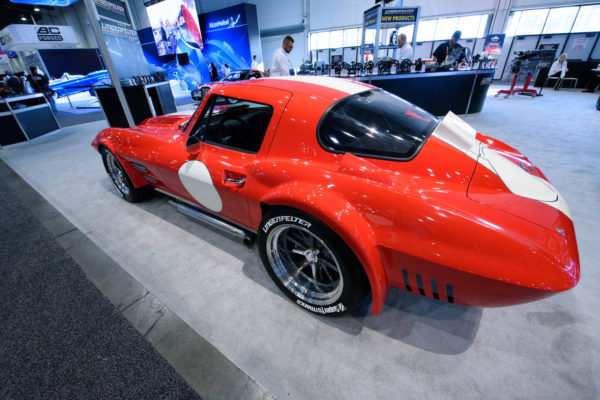
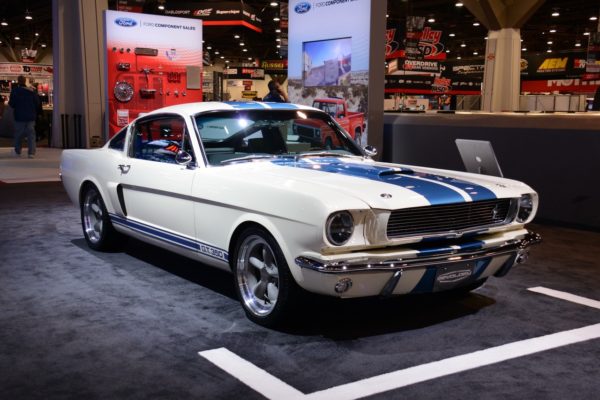
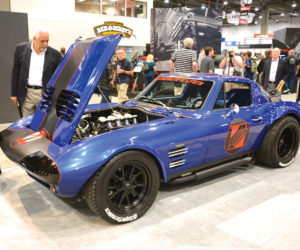

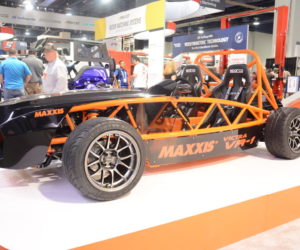
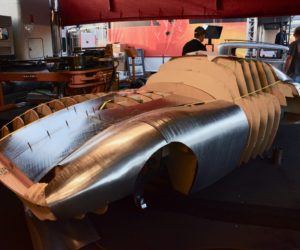






Comments for: The wheels of federal bureaucracy grind slowly
comments powered by Disqus